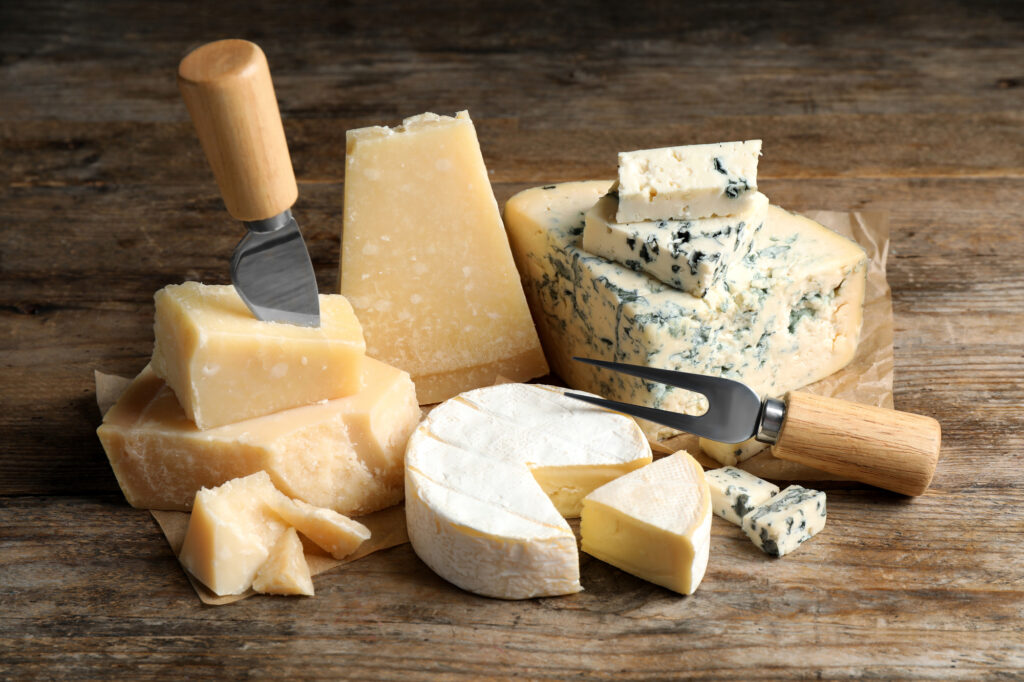What’s your favorite? Sharp cheddar or pepper jack? Honey gouda or cave-aged gruyere?
American or Swiss?
Imagine the cheese that you’re eating was first made nearly 8,000 years ago. People ate cheese before they started to record history. That’s a long time ago. No one knows where cheese originated but it was probably from a lot of different places at the same time.
Let’s go back to the prehistoric Neolithic world, about 12,000 years ago. After the end of the Ice Age, nomadic hunter-gatherers modified their lifestyles. Archeologists call it The Agricultural Revolution. People started to farm, domesticate animals, and settle down in one place.
The farms grew Neolithic Founder Crops. Most were from wild species like wheat, barley, peas, and lentils. The first animals to be domesticated were dogs, followed by goats, pigs, sheep, and cattle. This happened all around the world.
What does that have to do with cheese?
In one word: milk.
It probably started by chance. According to Bethany Moncel in The Spruce Eats, cheese “was most likely discovered . . . during the transport of fresh milk in organs of ruminants [hoofed mammals] such as sheep, goats, cows, and buffalo.”
Legend says that an Arab shepherd, carrying a sheep’s belly full of milk, had to walk home through the scorching desert. At the end of his journey the shepherd discovered that the milk had separated into curds and liquid (whey). “Without refrigeration,” Moncel noted, “warm summer heat with residual rennet in the stomach naturally curdled the milk to produce the earliest forms of cheese.” (see rock painting below)
It might not sound very tasty but without cardboard cartons and glass bottles how else could you carry milk?
Drain the liquid, salt the curds and you have cheese – high protein, easily digested, with a long (shelf) life – no cookbook needed.


